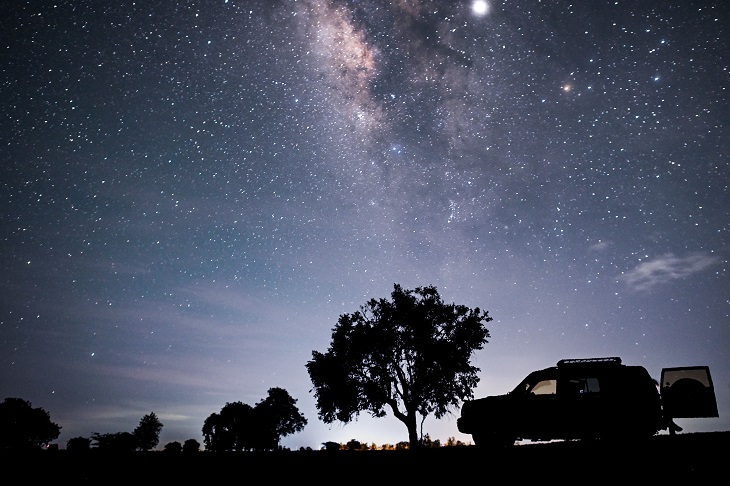‘White dwarfs’.
These two words could get me cancelled.
Maybe I should have written about panchromatic ex-Solar System height-challenged exhausted natural nuclear fusion reactors. However, I think astronomy can survive nomenclature challenges from the unbalanced left who have no understanding of history, science or the environment and use whatever it takes to exert unelected political control over their fellow man.
What of white dwarfs? They are the final stage of the evolution of a star that was up to ten times larger than our Sun. As a star, they are relatively small, have an extraordinarily strong gravitational field, and rip apart anything that comes close.
In the 1980s, we knew of no planets outside our Solar System and yet expected to find them with better equipment and space telescopes. We now know of more than 4,000 rocky and icy extra Solar System planets and planetesimals called exoplanets.
There is a constant hoovering up of exoplanets by white dwarfs. The accretion of exoplanets creates polluted white dwarf stars and the starlight emitted shows the chemistry of the accreted planetary bodies. Space telescopes have measured 23 common chemical elements in polluted white dwarfs, the most common of which are the rock-forming elements magnesium, calcium and iron suggesting that rocky planetesimals have been digested by white dwarfs. Volatiles such as carbon, nitrogen and oxygen have also been measured.
Some white dwarfs have elements typical of the Earth’s mantle such as magnesium and silicon whereas others are rich in iron suggesting accretion of material similar to the Earth’s core. When the chemistry of some planetesimals accreted into white dwarfs is back-calculated, there is an excess of oxygen suggesting an accretion of ice-rich objects. Other exoplanets have a hydrogen atmosphere.
Polluted white dwarfs tell us about the vast world outside our Solar System. Observations by the Hubble Space Telescope and the Spitzer Space Telescope show surface brightness changes of exoplanets interpreted as atmospheric changes indicating exoplanet climate change. The recently launched James Webb Space Telescope will provide us with the next generation of measurements and should provide more information about the nether worlds in our search for surface water, biosignatures and life beyond our Solar System. It is quite likely that potentially habitable exoplanets with surface water, an atmosphere and climate changes exist just as, in the 1980s, it was quite likely that exoplanets existed.
Why is it that climate change on Earth is supposed to be due to recent human emissions of carbon dioxide, the gas of life?
There is a well-documented record of billions of years of climate change in our planet’s geological past well before humans existed. Why is this ignored by climate activists? There is validated evidence of climate change on planets and moons in our Solar System in places that humans have not visited. This is also ignored by climate activists.
We now have hints of climate change on distant exoplanets which will be validated with new space science. Whether we look into the past, the present or the future, there is climate change in our galaxy and it never has been shown that human emissions of carbon dioxide drive global warming.
I follow the science about this planet and others. It is exciting, always changes and is certainly not settled. Never has been. Never will be.
Ian Plimer’s Book Green Murder was released by Connor Court Publishing in December 2021 and contains no information whatsoever on polluted white dwarfs.
Got something to add? Join the discussion and comment below.
Get 10 issues for just $10
Subscribe to The Spectator Australia today for the next 10 magazine issues, plus full online access, for just $10.

























Comments
Don't miss out
Join the conversation with other Spectator Australia readers. Subscribe to leave a comment.
SUBSCRIBEAlready a subscriber? Log in